Where did we all come from? Isn’t this one of the most basic human questions everyone eventually thinks about it at some point in their lives? Consider this. If you are an adoptee this isn’t a metaphysical or even a philosophical question. It’s a reality.
I help adoptees find their birth parents. My primary expertise is in the science of using DNA to find close relatives, and in doing so, find the families from which either their birth mother or birth father originated. Some of my clients have been searching for a lifetime and have turned to DNA testing as their last resort, while others may be just starting out and looking for the quickest way to cut through a traditional search.
The most important thing I can do is extend hope and encourage the adoptee to read up on numerous challenges they will face throughout their journey. I have a list of books, I have read myself, that include tips on the emotional ups and downs, pain, stress, and resistance from their adopted families, friends, and strangers they might encounter along the way. I also encourage adoptees to seek out support groups, which may be with other adoptees or individualized psychotherapy with a therapist very familiar with the adoptee or foster care experience.
Another important idea to convey to an adoptee is to prepare them for the whole idea of “reunion”. A DNA test has a small chance of putting them immediately in touch with a birth parent. Depending on the circumstances, the birth parent may not want to be approached. An adoptee would also be wise to prepare all the questions they really want answered ahead of time, in case they are unfortunate enough to meet someone resistant to further contact.
The theory behind DNA testing is challenging, but not difficult to follow with practice. There are three major DNA companies that genealogists, both amateurs and professionals, use to test themselves and their relatives to help extend what traditional documentation and searching cannot find.
In each of these DNA companies are approximately one million people who have also conducted their DNA test. To searchers it is called “fishing in all the ponds”. What it means is that one has a much higher chance of success finding a close genetic relative if you perform DNA testing with all of the three major DNA companies: AncestryDNA, Family Tree DNA and 23andMe.
I help adoptees interpret the results and give them further tips on going forward. It can become much more complicated if one has to resort to chromosome matching. That’s where genetically linked cousins’ DNA must be broken down into the twenty-two chromosomes where they share the exact same area of the chromosome as one another. Unbeknownst to them, they might share a common ancestor. The key is, do they share the same area on the same Chromosome as the searcher? If they do, their common ancestor might also be the searcher’s common ancestor.
Finding two cousins who match the searcher and each other is the first challenge. The second one is to gain access to their fairly well documented family tree. If they are unwilling, the adoptee may be forced to try and assemble a family tree for these individuals and hope they can connect them up to a shared common ancestor.
One thing I warn adoptees about is encountering genetically linked relatives that they may not find a willing helper on the other end. Depending on the generation the searcher was born into, some people may consider it their responsibility to keep the knowledge of your birth parents a secret, even if they know exactly who they are. We have a name for this; it’s called the wall of silence. Some people think it is there responsibility to keep the secret well guarded fully embracing the closed adoption ideology.
There are two approaches to this. Hold your adoptee flag proudly and march forward looking for willing helpers, or go the less optimistic route and see how much people are willing to share before you announce your true intensions. If one goes the latter route I encourage searchers to approach their DNA relatives as if they were naive or amateur genealogists. Most relatives want to know how you might connect to their family tree, so I tell them to ask them to share their family tree so that the searcher can find the most recent common ancestor. This allows the adoptee to suggest they will do all the work looking for the common ancestor, giving the cousin a break from having to perform a lengthy search themselves.
In either case, some genealogists have encountered in their own family trees, a brick wall. Sometimes it’s just because they lack any further documentation to follow and other times an actual non-paternal-event occurred. It basically means an adoption occurred. However, it was an adoption well before closed adoptions became a reality in the United States; prior to the 1930s.
An adoptees or birth parents search can have many leads with just as many dead ends. It takes persistence, and at times a defiant attitude to keep pushing forward. However, the drive is always the same. Who are my ancestors? Do they look like me or act like me? If I find them will they still be alive? If they are alive, will they welcome me or reject me…a second time?
And the most basic of questions, where did I come from? Again, not a metaphysical or even a philosophical question, just the reality all adoptees must face.
